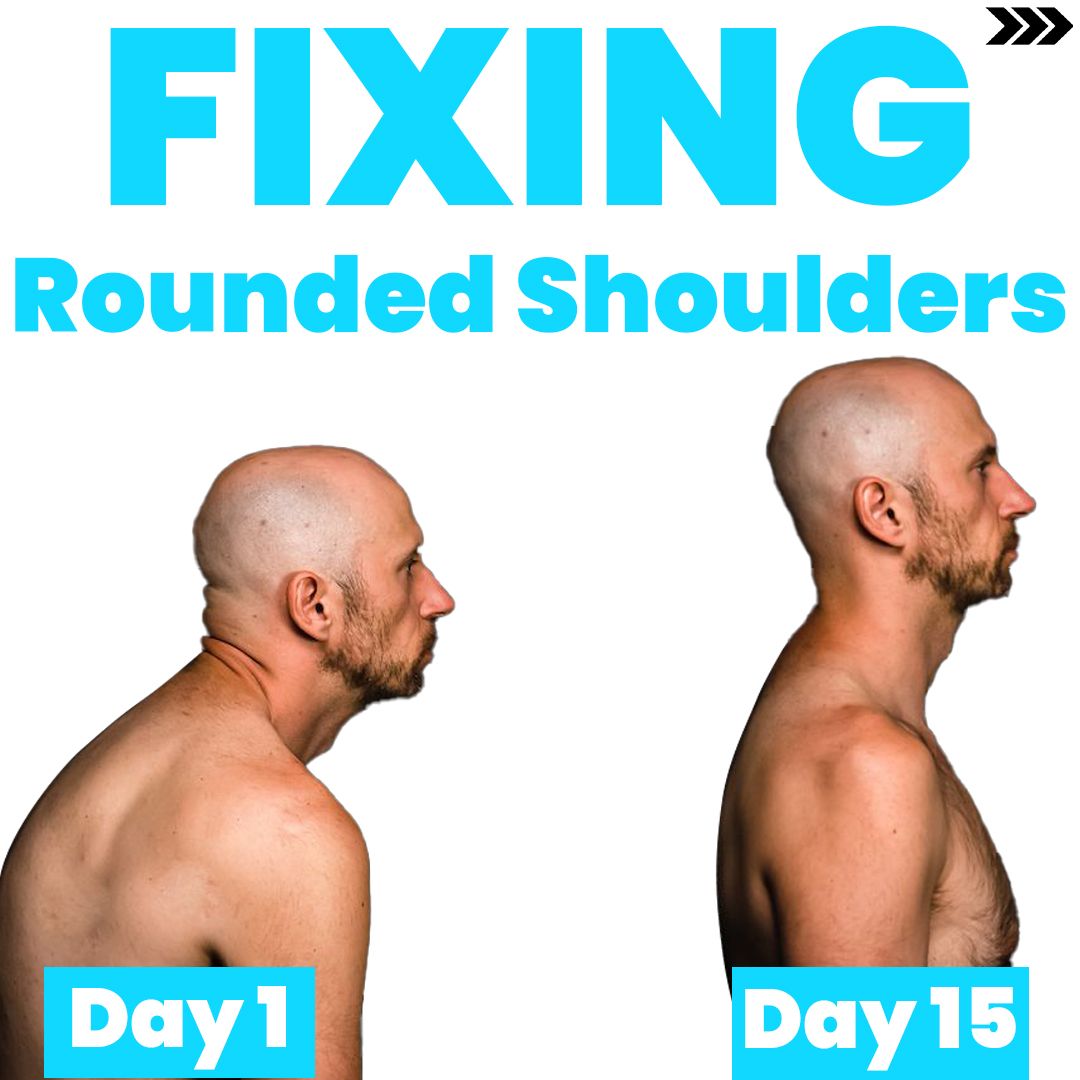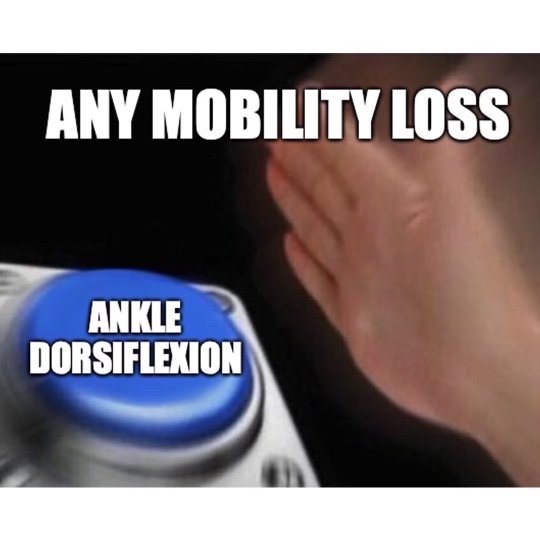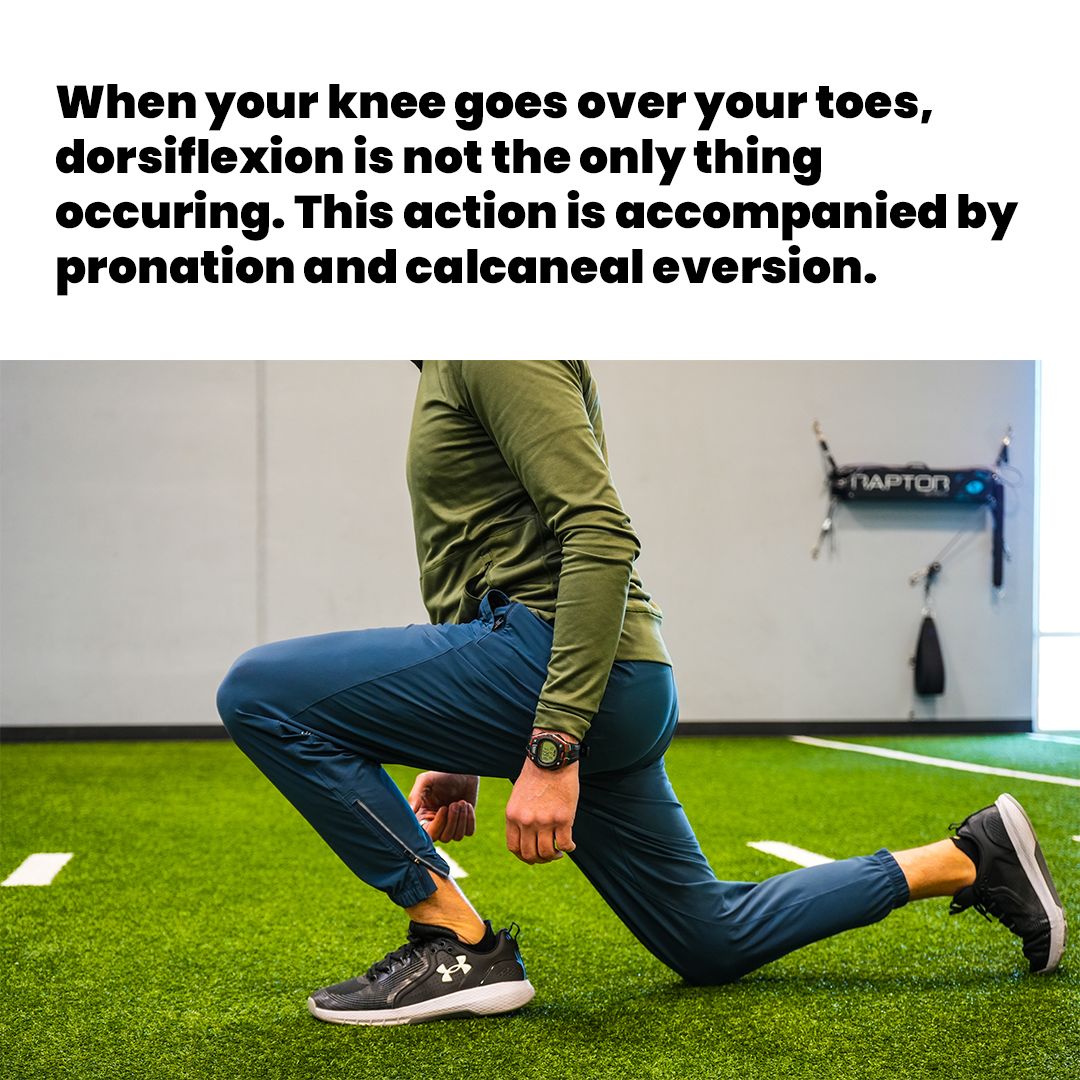2 ankle surgeries. Any dorsiflexion and squatting hurt.
2 exercises, IMMEDIATE change in motion & pain (after trying exercise on his own & conventional rehab)
Here's what we did 👇
2 exercises, IMMEDIATE change in motion & pain (after trying exercise on his own & conventional rehab)
Here's what we did 👇

🔬 Objective findings - Narrow ISA
Active Straight Leg Raise - 60º per side
Hip ER L 45º R 35º
Hip IR L 40º R 45º
Shoulder flexion L 120º R 125º
ER L 55º R 60º
IR L 40º R 25º
Dorsiflexion L 10 R 5
Plantarflexion L 45 R 35
Active Straight Leg Raise - 60º per side
Hip ER L 45º R 35º
Hip IR L 40º R 45º
Shoulder flexion L 120º R 125º
ER L 55º R 60º
IR L 40º R 25º
Dorsiflexion L 10 R 5
Plantarflexion L 45 R 35
🤔 Assessment
ER & IR limited throughout = INCREASED frontside/backside muscle activity. This reduces the space to move in front of me.
So squatting would be limited, as it requires you to move your legs relatively in front of your torso.
The play? Reduce this muscle activity
ER & IR limited throughout = INCREASED frontside/backside muscle activity. This reduces the space to move in front of me.
So squatting would be limited, as it requires you to move your legs relatively in front of your torso.
The play? Reduce this muscle activity
1️⃣ Sidelying heel roll
Sidelying position increased front/back body dimensions -
Foam roller attempts to magnify this.
I have him inverting (ER) & everting (IR) the calcaneus to improve rotation. pubmed.ncbi.nlm.nih.gov/28210033/
Sidelying position increased front/back body dimensions -
Foam roller attempts to magnify this.
I have him inverting (ER) & everting (IR) the calcaneus to improve rotation. pubmed.ncbi.nlm.nih.gov/28210033/
Post-exercise results:
Hip IR B 45
Hip ER R 35 L 50
Shoulder ER L 80 R 80
Shoulder IR L 45 R 35
Rotation is better, but not full. I need something that continues to drive more front/back space
Hip IR B 45
Hip ER R 35 L 50
Shoulder ER L 80 R 80
Shoulder IR L 45 R 35
Rotation is better, but not full. I need something that continues to drive more front/back space
2️⃣ Foam Roller decompression -
This move works similarly to the last move, only more thorax-focused.
The torso was overall more limited based on the above findings. Thorax has to be able to move in order to squat all the way down.
This move works similarly to the last move, only more thorax-focused.
The torso was overall more limited based on the above findings. Thorax has to be able to move in order to squat all the way down.
Post-exercise results:
Hip IR B 45
Hip ER R 45 L 60
Shoulder ER L 70 R 75
Shoulder IR L 65 R 45
Squat as we saw in the before & after
Hip IR B 45
Hip ER R 45 L 60
Shoulder ER L 70 R 75
Shoulder IR L 65 R 45
Squat as we saw in the before & after
Classic stuff didn't necessarily help.
Look BEYOND THE ANKLE to see what OTHER FACTORS can impact the squat.
Long-term focus = Increase front/back space & dorsiflexion in harder positions.
Give me a follow if cases like these are helpful.
Look BEYOND THE ANKLE to see what OTHER FACTORS can impact the squat.
Long-term focus = Increase front/back space & dorsiflexion in harder positions.
Give me a follow if cases like these are helpful.
• • •
Missing some Tweet in this thread? You can try to
force a refresh

 Read on Twitter
Read on Twitter





















